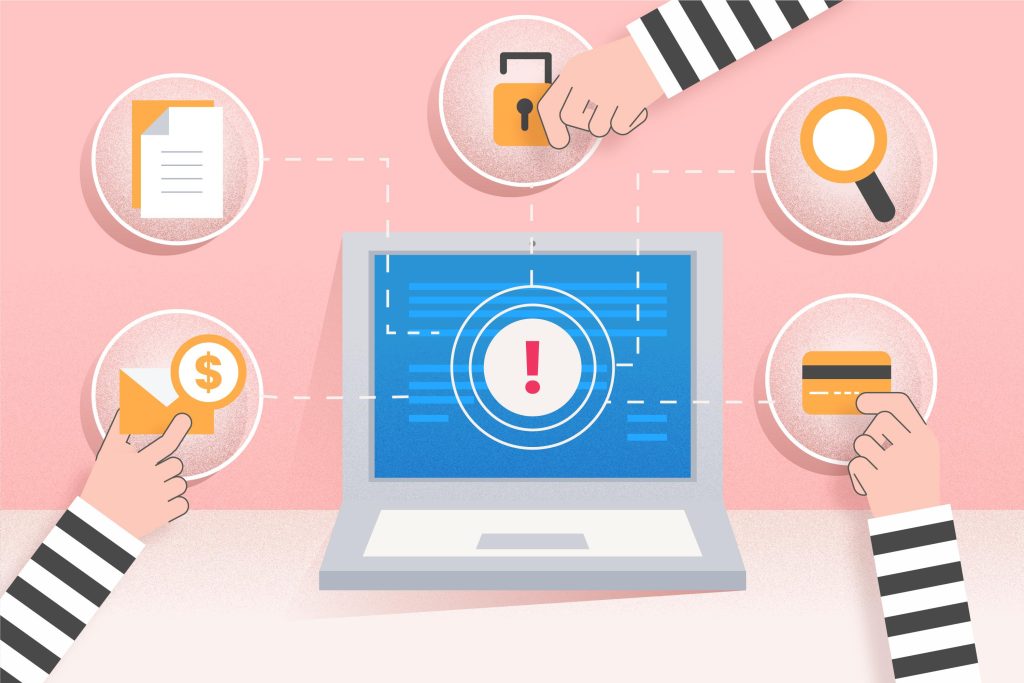The Gophish framework, an open-source phishing toolkit designed for cybersecurity training, is increasingly being misused by attackers to deploy Remote Access Trojans (RATs) in targeted phishing campaigns. These campaigns exploit the tool's ability to customize phishing emails and simulate phishing attacks, enabling cybercriminals to gain unauthorized access to sensitive data and control over infected systems. Understanding the tactics behind these campaigns is essential for individuals and organizations to protect themselves from the risks posed by RAT malware.
How Attackers Use the Gophish Framework in Phishing Campaigns
Gophish is a popular tool among cybersecurity professionals for training purposes; it allows organizations to simulate phishing attacks to assess and improve employee awareness. However, its versatility and ease of use also make it an attractive tool for cybercriminals who misuse it to create phishing campaigns that mimic legitimate emails.
In these attacks, attackers often distribute emails impersonating trusted entities, such as a bank, HR department, or popular service provider. The phishing email contains a link to a fake login page or an attachment infected with RAT malware. Once the target clicks the link or opens the attachment, the RAT is deployed, granting the attacker remote access to the victim’s system.
The Gophish framework’s user-friendly interface and ability to track campaign performance allow attackers to refine their tactics, increasing their chances of success. By monitoring which users click links or open attachments, attackers can identify susceptible targets, tailoring follow-up attacks to maximize their access to sensitive data.
What Are Remote Access Trojans (RATs)?
Remote Access Trojans are a type of malware that provides attackers with unauthorized access and control over an infected system. RATs can:
- Steal sensitive data (e.g., login credentials, financial information)
- Record keystrokes and screenshots
- Download additional malware onto the system
- Manipulate files and settings
Once installed, a RAT operates silently in the background, allowing attackers to monitor and control the infected system undetected.
Identifying Phishing Campaigns Using Gophish and RAT Malware
There are several warning signs associated with phishing campaigns that deploy RATs, including:
- Unfamiliar Sender Addresses: Email addresses that don’t match the typical format of trusted organizations are a common red flag.
- Urgent Language and Suspicious Links: Attackers often use urgent or threatening language to prompt immediate action, accompanied by suspicious links or attachments.
- Fake Login Pages: If redirected to a login page that looks slightly different from the original, it may be a phishing attempt designed to steal login credentials.
Defending Against Phishing Campaigns and RAT Malware
Implementing a strong defense against these attacks requires a combination of security practices and vigilance:
- Employee Training and Awareness
Regularly train employees to identify phishing attempts, emphasizing the risks associated with suspicious emails, links, and attachments. - Enable Two-Factor Authentication (2FA)
Enabling 2FA provides an additional layer of security, making it harder for attackers to gain access even if they obtain login credentials. - Deploy Anti-Malware and Intrusion Detection Tools
Advanced anti-malware solutions and intrusion detection systems can identify and block malicious software, including RATs, before they spread throughout the network. - Limit Access Privileges
Restricting access to sensitive data and systems minimizes the impact of a successful phishing attempt, as attackers have fewer resources to exploit. - Update Software and Security Patches
Regularly update software and apply security patches to minimize vulnerabilities that attackers could exploit to install RATs.
Conclusion
The misuse of the Gophish framework by cybercriminals highlights the need for robust security practices. Remote Access Trojans deployed through phishing campaigns represent a serious threat, allowing attackers to gain control over systems, steal sensitive information, and manipulate network resources. By staying vigilant and educating users on phishing tactics, organizations can defend against the malicious use of training tools like Gophish and protect their networks from RAT infections.


.jpg)



